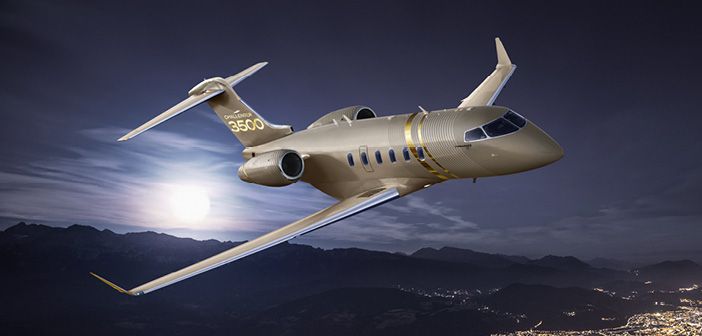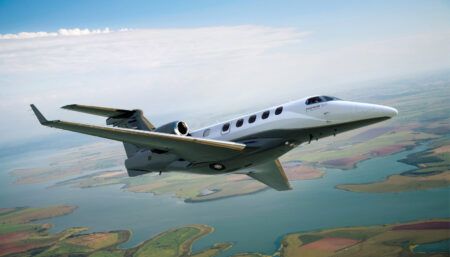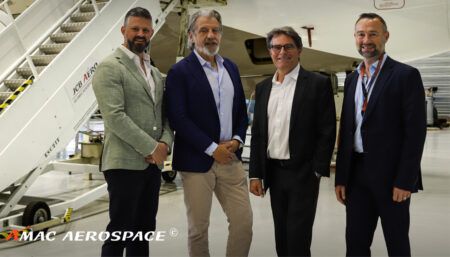Bombardier has unveiled a new super-midsize business jet, the Challenger 3500. The platform is the evolution of the Challenger 350, and features a redesigned interior with “sustainably minded” cabin features. It is expected to enter service in the second half of 2022.
Bombardier’s patented Nuage seat is included in the aircraft’s standard configuration. Compared to its predecessor, the jet also has a reduced cabin altitude of 4,850ft at 41,000ft, representing a 31% improvement.
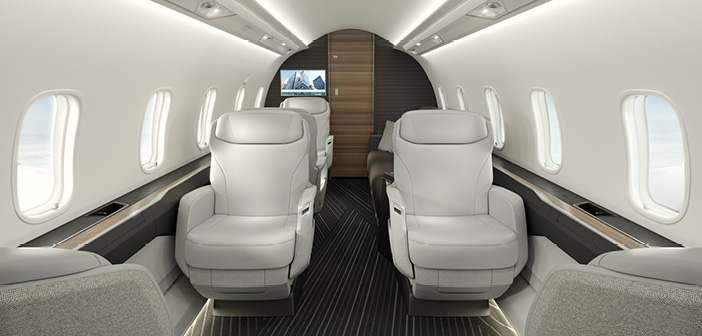
In terms of new technological features, the Challenger 3500 introduces voice control for managing cabin lighting, temperature and entertainment systems; wireless chargers throughout the cabin; and a 24in 4K display. In the cockpit, Bombardier introduces a standard-equipped autothrottle system to the flight deck.
“We are thrilled to launch a business jet that features all the best-selling elements of the Challenger platform – impressive performance, consistent reliability, exceptional smooth ride – while elevating the cabin experience for our customers,” said Éric Martel, president and chief executive officer, Bombardier. “Building on the success of the unrivalled Global 7500 business jet cabin, the Challenger 3500 aircraft prioritises what our customers value most: a truly exceptional cabin experience.”
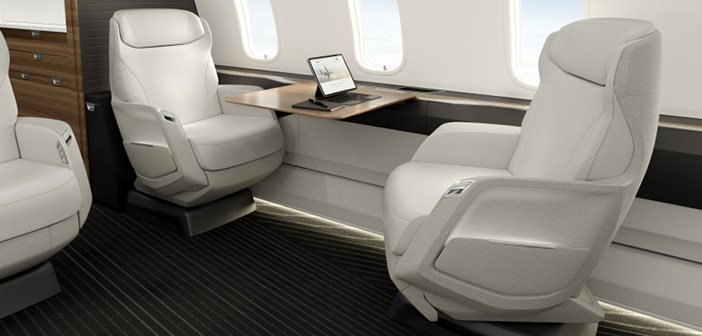
Bombardier’s suppliers include FACC, which manufactures the cabinets and other key cabin components for the Challenger 3500 business jet such as the sidewalls, headliners, bulkheads and passenger service units.
The latest Challenger was also designed through a sustainable lens. Following Bombardier’s recent groundwork on making the Global 7500 the first business jet to receive an Environmental Product Declaration (EPD), the Challenger 3500 will also have an EPD. In addition to this declaration of the aircraft’s lifecycle environmental footprint, other environmentally conscious initiatives include the option for customers to choose from a selection of sustainable materials for the cabin.
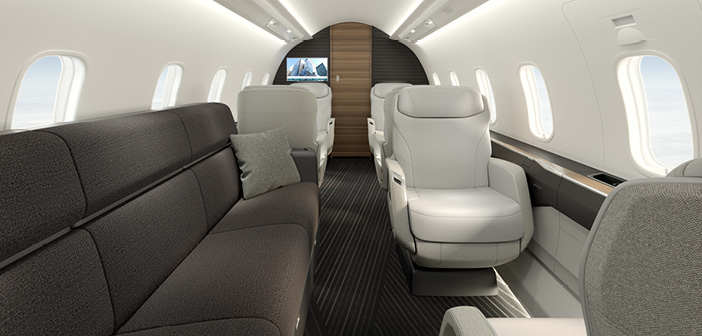
Another sustainable initiative is the introduction of an eco app solution developed by SITA using its existing eWAS Pilot with OptiFlight solution. The eco app is designed to optimise flight plans and reduce fuel burn. It is subject to availability, and subscription fees may apply.
Additionally, the Challenger 3500 flight test programme is using a sustainability approach designed by World Fuel Services. Bombardier explains the solution removes some of the carbon emissions from the fuel of the test flights by using book-and-claim Sustainable Aviation Fuel (SAF) purchases and then attains carbon neutrality by retiring offsets to balance the remaining carbon emissions from the jet fuel.


